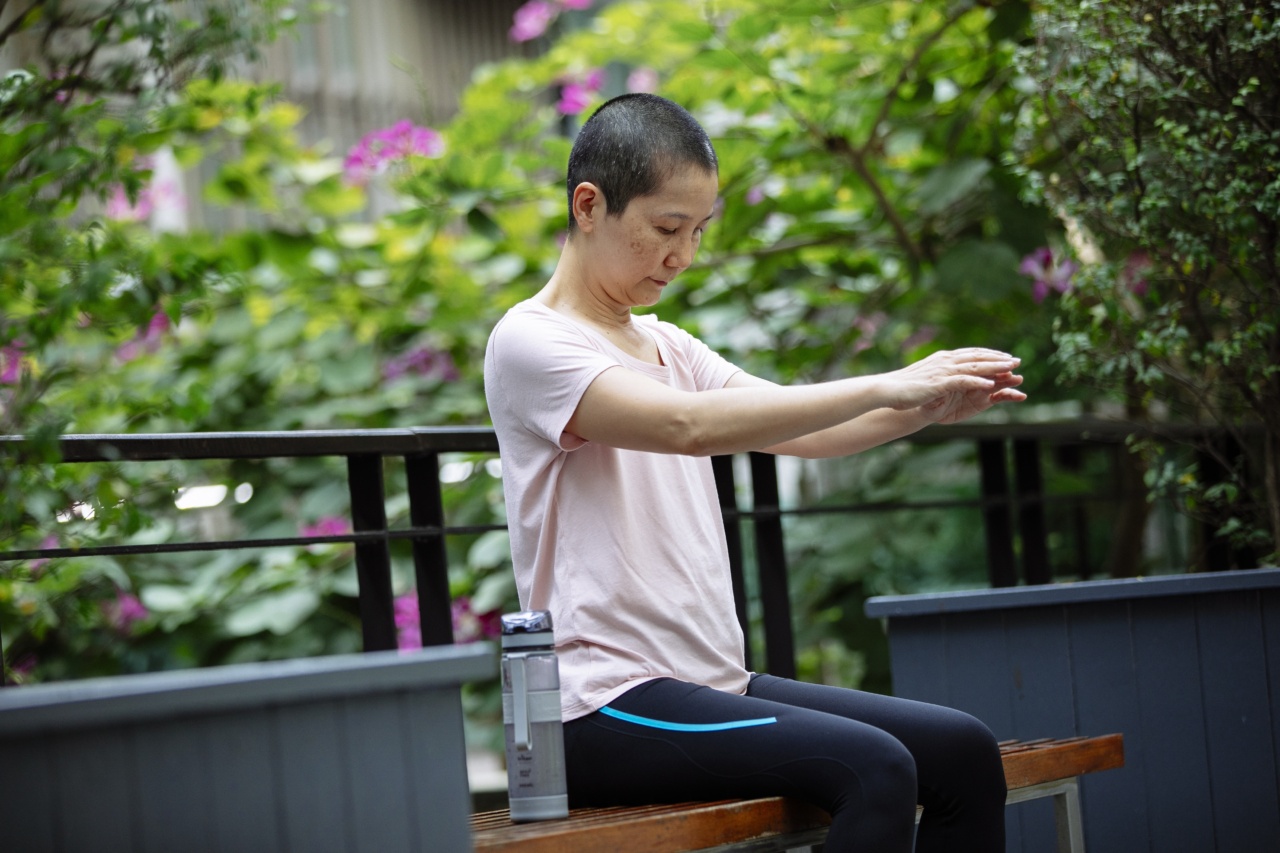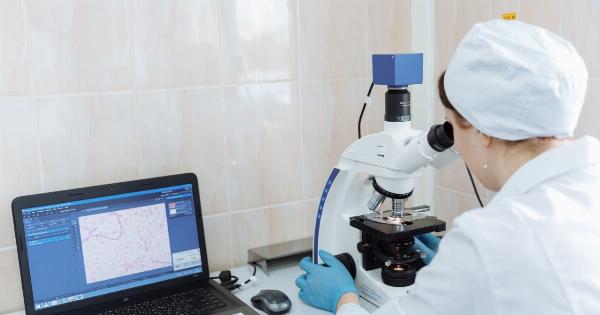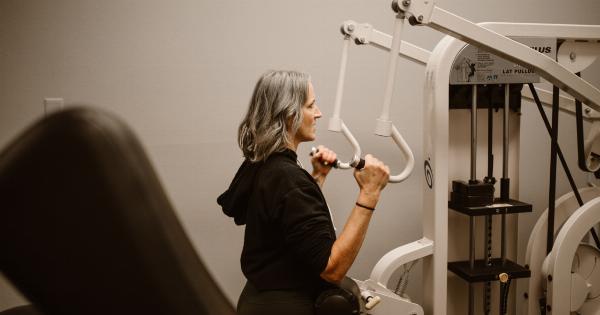Menopause is a natural phase in a woman’s life that marks the end of her reproductive years. However, it often comes with a range of uncomfortable symptoms that can significantly impact a woman’s quality of life.
Hot flashes, night sweats, mood swings, weight gain, and sleep disturbances are just a few of the common complaints women experience during this time.
The Need for a Menopausal Solution
Women going through menopause often seek ways to alleviate these symptoms and regain control of their lives.
While hormone replacement therapy (HRT) is commonly prescribed, not all women are comfortable with this option due to potential side effects or health concerns. Others may prefer to explore more natural remedies to manage their menopausal symptoms.
The Power of Exercise
Regular exercise has long been hailed as a solution to various health issues, and menopause is no exception. Engaging in physical activity can provide numerous benefits to women experiencing menopausal symptoms.
The right workout routine can help with weight management, mood enhancement, improved sleep, and overall well-being.
Introducing the 8-Hour Menopausal Reversal Workout
Recent research has revealed a specific workout routine that has shown promising results in rapidly reducing menopausal symptoms within as little as eight hours.
This workout combines various exercises that target specific areas affected by menopause, helping women regain their vitality and comfort.
Exercise 1: Cardiovascular Training
Cardio exercises, such as brisk walking, jogging, or cycling, are known to improve blood circulation, increase metabolism, and boost overall cardiovascular health.
Engaging in cardiovascular training for at least 30 minutes a day can help alleviate symptoms such as hot flashes and night sweats. Additionally, it aids in maintaining a healthy weight and reduces the risk of cardiovascular diseases that can be more prevalent during menopause.
Exercise 2: Strength Training
Strength training exercises, including weightlifting or resistance training, can help combat the muscle loss and bone density decline that often accompany menopause.
By incorporating strength training into the workout routine, women can improve their muscle tone, increase strength, and reduce the risk of osteoporosis. In turn, this can alleviate joint pain and prevent injuries commonly associated with menopause.
Exercise 3: Yoga and Stretching
Yoga and stretching exercises are excellent for relieving menopausal symptoms such as mood swings, stress, and sleep disturbances. These low-impact activities promote relaxation, flexibility, and overall well-being.
By regularly practicing yoga and incorporating stretching exercises, women can combat the hormonal imbalances that contribute to these symptoms, resulting in a calmer mind and a more restful sleep.
Exercise 4: Pelvic Floor Exercises
The hormonal changes during menopause can weaken the pelvic floor muscles, leading to issues such as urinary incontinence and decreased sexual satisfaction.
Focusing on pelvic floor exercises, such as Kegels, can help strengthen these muscles, improving bladder control, and enhancing overall sexual wellness.
Exercise 5: Mindfulness and Meditation
Menopause often brings about increased stress levels and mood swings. The incorporation of mindfulness and meditation practices into the workout routine can help alleviate these symptoms.
Taking a few minutes daily to relax, focus on breathing exercises, and clear the mind can significantly reduce stress and improve overall mental well-being.
Exercise 6: High-Intensity Interval Training (HIIT)
High-intensity interval training (HIIT) involves short bursts of intense exercise followed by brief recovery periods. This type of training has been shown to boost metabolism, aid in weight management, and improve overall fitness levels.
Incorporating HIIT exercises such as sprinting or jumping jacks can help counteract the weight gain often experienced during menopause.
Exercise 7: Dance and Aerobic Workouts
Dance and aerobic workouts are not only fun and enjoyable but can also provide significant benefits for menopausal women. These exercises promote heart health, improve coordination and balance, and enhance mood.
Engaging in dance routines or aerobic classes several times a week can bring a sense of joy and fulfillment while addressing common menopausal symptoms.
Exercise 8: Outdoor Activities
Participating in outdoor activities, such as hiking, swimming, or cycling, can have a positive impact on menopausal symptoms. Exposure to natural sunlight can boost vitamin D levels, which may help improve mood and reduce the risk of depression.
Additionally, spending time in nature can provide a sense of tranquility and a much-needed break from daily stresses.
Exercise 9: Group Fitness Classes
Joining group fitness classes specifically catered to menopausal women can offer numerous benefits.
These classes are designed to address the unique needs of menopausal women, provide a supportive community, and offer specialized exercises that target common symptom areas. Participating in group fitness classes can improve motivation, enhance one’s social life, and create a sense of camaraderie.
Exercise 10: Consultation with a Fitness Professional
Lastly, menopausal women should consider seeking guidance from a fitness professional who specializes in women’s health and menopausal issues.
Consulting with such an expert can provide personalized advice and guidance on creating the most effective workout routine for individual needs and goals. A fitness professional can help track progress, ensure exercises are performed correctly, and further tailor the routine to maximize benefits.
Conclusion
Menopause doesn’t have to be a time of suffering and discomfort. By incorporating the 8-Hour Menopausal Reversal Workout into their routines, women can experience significant relief from symptoms within a short period.
Engaging in regular physical activity, combined with the right exercises, can empower women to take control of their menopausal journey and enjoy improved physical and mental well-being.





























